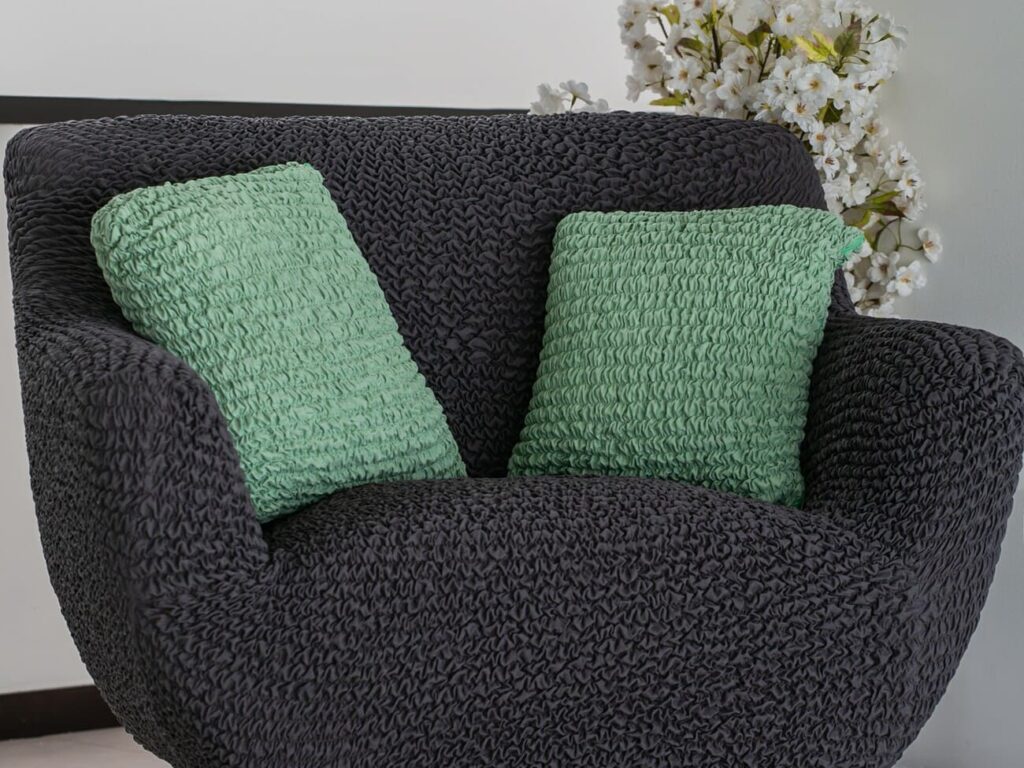Creating a space that isn’t just visually appealing but also promotes well-being and comfort is a goal every homeowner should strive for. With the current paradigm shift towards wellness and health, “Designing for Well-being” is a trend that’s rapidly gaining momentum in the interior design field. It involves incorporating elements that enhance physical, mental, and emotional health right into the fabric of our living spaces. Whether it’s the colors we choose, the furniture we buy, or even the type of chair covers we opt for, every detail can contribute to creating a healthier and happier home environment.
1. Harnessing the Power of Natural Light
One of the simplest and most effective ways to improve the health and aesthetic appeal of your home is to maximize natural light. Sunlight is not just a natural mood booster but is also instrumental in regulating our sleep cycles and promoting overall productivity. When designing your living space, aim to harness as much natural light as possible. Opt for light, sheer curtains or blinds that allow the sunlight to filter through while also providing privacy. For homes with smaller windows or limited natural light, using mirrors strategically can help reflect and amplify the available light.
2. Bring in Some Green
Plants are much more than just decorative pieces. They act as natural air purifiers, absorbing toxins and releasing oxygen into your home. Moreover, the act of caring for plants has been found to have therapeutic effects, helping to reduce stress and promote feelings of well-being. From compact potted plants on the windowsill to elaborate vertical gardens, the options are endless when it comes to incorporating greenery into your home.
3. Comfort Should Be a Priority
Your home should be a place where you can relax and unwind in comfort. High-quality, comfortable furniture that supports good posture is worth the investment. Even the simplest additions like chair covers can significantly enhance the comfort of your seating and add a touch of luxury. Additionally, they can protect your furniture from wear and tear and refresh the look of your space effortlessly.
4. Choose Colors Mindfully
Colors can profoundly impact our mood and emotions. Therefore, the color palette you choose for your home can play a significant role in promoting well-being. Soft, pastel colors, and natural tones are known to create a calm and peaceful ambiance. On the other hand, warmer tones like earthy browns and beiges can create a cozy and inviting atmosphere.
5. Designate Spaces for Different Activities
Having dedicated spaces for different activities in your home can help foster a more balanced lifestyle. This can be as simple as setting up a cozy reading nook, a home office, or even a quiet corner for meditation or yoga. When you create specific areas for each activity, it helps to establish mental boundaries between different aspects of your life, enhancing overall well-being.
6. Minimize Clutter
A clutter-free environment contributes to a clutter-free mind. Regular decluttering sessions and smart storage solutions can help maintain a tidy, stress-free home. Embracing the minimalist mantra of “less is more” can do wonders for your peace of mind.
7. Incorporate Natural Elements
Introducing natural elements into your home decor can bring about a sense of calm and serenity. This could involve using natural materials like wood, stone, or bamboo in your furniture or decor. Wall art or wallpaper featuring tranquil landscapes or nature scenes can also create a sense of connection with the natural world.
8. Pay Attention to Air Quality
Air quality is crucial for our physical health and well-being. Ensure that your home is well ventilated, and consider using air purifying plants or appliances. You can also improve your home’s environment by using scented candles or essential oils that provide calming aromatherapy.
Designing for well-being is about more than just aesthetics. It’s about creating a space that supports and nurtures our overall health and happiness. By incorporating these principles into your home design, you can transform your living space into a personal sanctuary of wellness and tranquility. Even simple changes can contribute to this goal, making your home a place where you truly love to spend time. Remember, every step, no matter how small, is a move towards a healthier, happier home.

